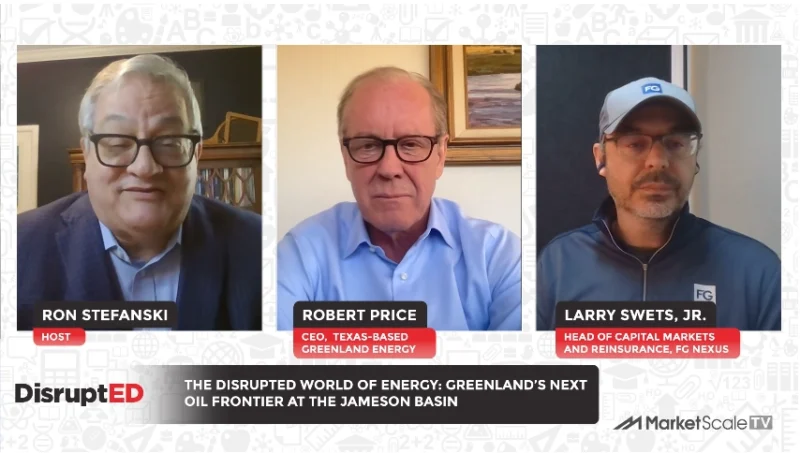Oil Production Flat in the U.S. Despite Increased Global Investments. Wall Street, Tough Regulations, and a Dry Workforce Are Behind the Stall.
OPEC’s longstanding warnings about global underinvestment in oil and gas production are now juxtaposed with an uptick in the energy industry’s spending. In fact, Goldman Sachs reports there has been a 25% increase in major oil and gas production projects since 2020, amounting to 70 projects.
The U.S. stands in stark contrast to this global increase in gas and oil production spending. Energy firms domestically, for example, are reducing oil rigs for an eighth consecutive month. Why the reduction when the majority of U.S. voters believe domestic oil and gas production can reduce energy prices and bolster security?
A peek into some of the factors the U.S. oil production industry grapples with include Wall Street challenges, stringent federal regulations, and a dry oil production workforce. Ron Ness, President of the North Dakota Petroleum Council helps break down these constraints and explore how the U.S. can pivot to match global investments.
Ron’s Thoughts:
“The market is really not incentivizing rapid production growth by the producers. Wall Street has determined that they want a return on investment. They’d rather have you stay within cash flow and provide that ROI.
Regarding the drop in the oil rig activity in the U.S., the oil rig numbers are really not the best barometer of measuring the activity of industry any longer. The efficiency of a drilling rig today, you can do substantially more with one rig, than you could just pre-COVID.
Secondly, in the Bakken, we are drilling three-mile laterals now versus two-mile metals. So, essentially, every drilling rig is drilling another half a percent more wells per month, just with that three-mile versus two-mile laterals. So, you really need to look at the well completions that are taking place or the amount of footage being drilled across the U.S. I think both of those, slight decline, but, continued fairly steady throughout this year.
In regards to the oil production, the market is really not incentivizing rapid production growth by the producers. Wall Street is determined that they want a return on investment. They’d rather have you stay within cash flow and provide that ROI. Additionally, very, very challenging federal regulations. These are having an impact on our industry.
Week after week, the Biden administration rolls out punitive regulations against our industry. I think that inhibits investment and certainly restricts some of the areas that you can drill new wells in this country.
Additionally, we are having a huge challenge with workforce in North Dakota, the Bakken, and we are out, looking globally to recoup workers to North Dakota and the Bakken. This challenge is real. It’s acute in our industry, specifically, in terms of the number of people across America wanting to work. It just seems that it’s functionally changed since COVID.
So, these are some of the challenges, but overall, I think flat production with slight growth in the Bakken, is really putting oil producers where they want to be in terms of staying within their budgets, attracting the capital they need to attract. And I think nationally, we are staying within the window of production meeting demand. So, certainly, we always like to see more production and more activity, but I think for now, things are cruising along just fine. But certainly, those federal policies are going have an impact.”
Article written by Cara Schildmeyer.








